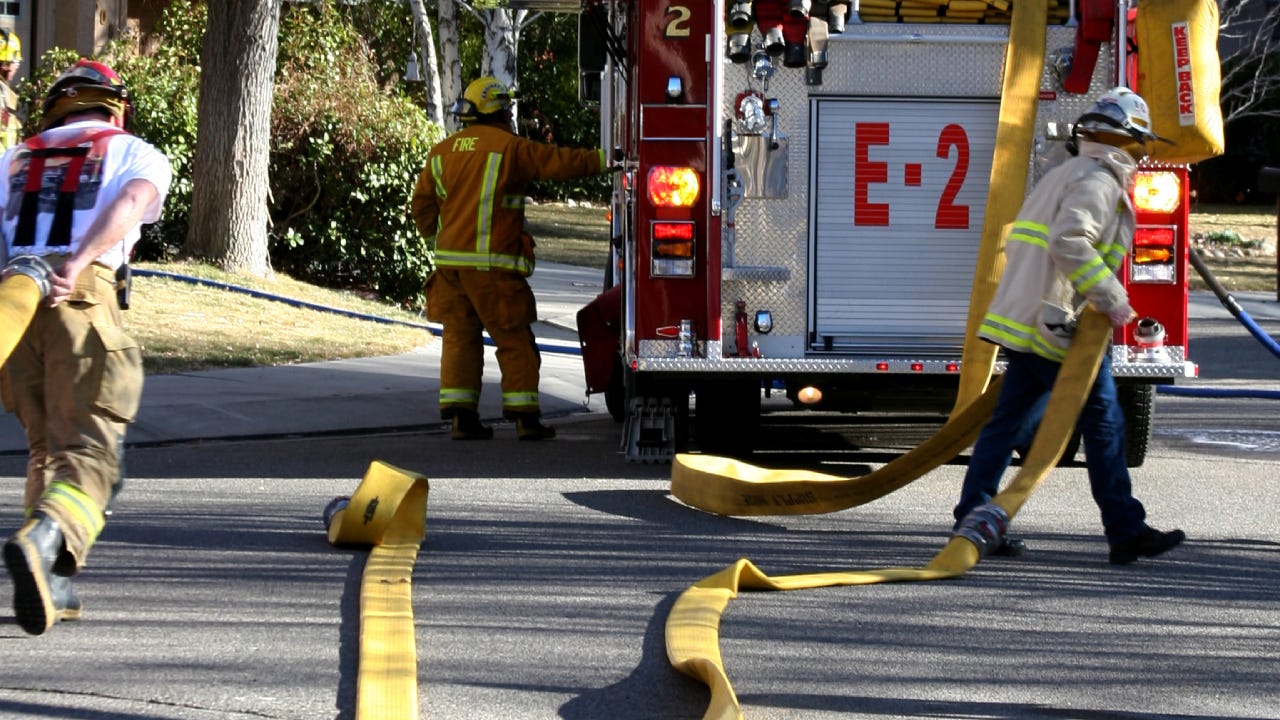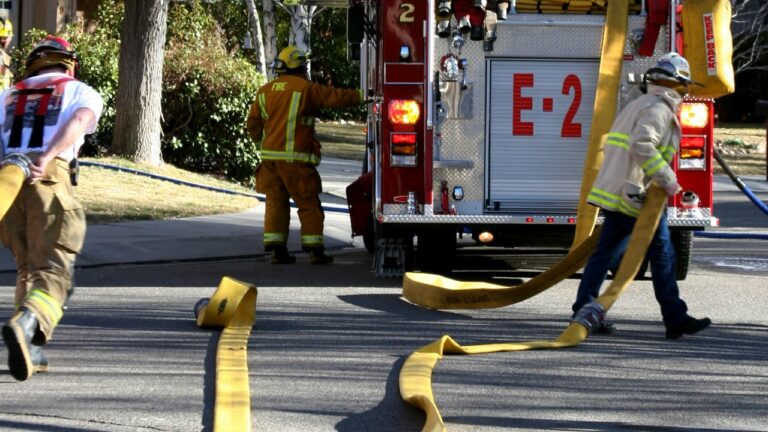What are ISO Fire Ratings?
ISO fire ratings are scores given to communities based on their fire preparedness. The Insurance Services Office (ISO) provides these ratings, which reflect how well-equipped a community is to handle fires. The ratings consider factors such as the local fire department’s capabilities, water supply, emergency communication systems, and community risk reduction efforts.
How are ISO Fire Ratings Determined?
The ISO uses the Fire Suppression Rating Schedule (FSRS) to determine community ratings. The FSRS evaluates four main categories:
- Fire department (50%): This includes the number of fire departments, firefighter training, and equipment maintenance.
- Water supply (40%): The evaluation assesses the number of fire hydrants, water availability, and access to water for fire suppression.
- Emergency communication systems (10%): This category examines how well a fire department receives and responds to emergency calls.
- Community risk reduction (5.5%): This includes fire safety education, fire prevention techniques, and fire investigation.
How ISO Fire Ratings Affect Home Insurance
ISO fire ratings can significantly impact home insurance premiums. Communities with higher ratings (indicating better fire preparedness) may see lower insurance rates, while those with lower ratings may face higher premiums. Insurance companies use ISO ratings to assess the risk of fire-related claims.
Factors Considered by Insurance Companies
While ISO ratings are important, insurance companies consider multiple factors when determining premiums, including:
- Tornado risk
- Storm frequency and strength
- Crime rates
- Home characteristics

Improving Your Community’s ISO Rating
Communities can improve their ISO ratings by enhancing fire department capabilities, emergency communications, and water supply systems. Initiatives such as fire prevention education programs and regular building inspections can also contribute to better ratings.
Steps Homeowners Can Take
While individual homes cannot change their ISO ratings, homeowners can reduce their fire risk by:
- Installing fire prevention systems like smart smoke alarms and fire sprinkler systems.
- Maintaining their yards to prevent wildfires.
- Upgrading to fireproof vents.
- Keeping electrical appliances and heat sources safe.
By understanding ISO fire ratings and taking proactive steps, homeowners can better navigate their insurance options and potentially lower their premiums.


